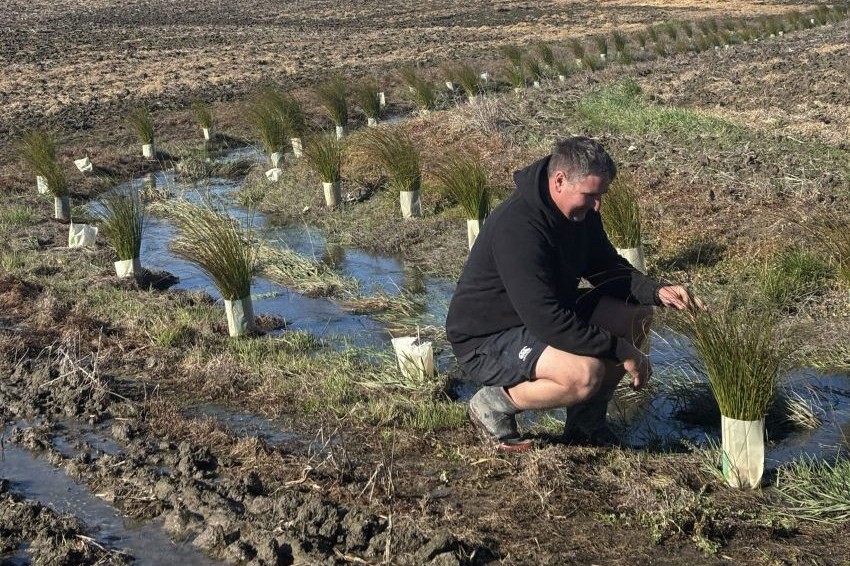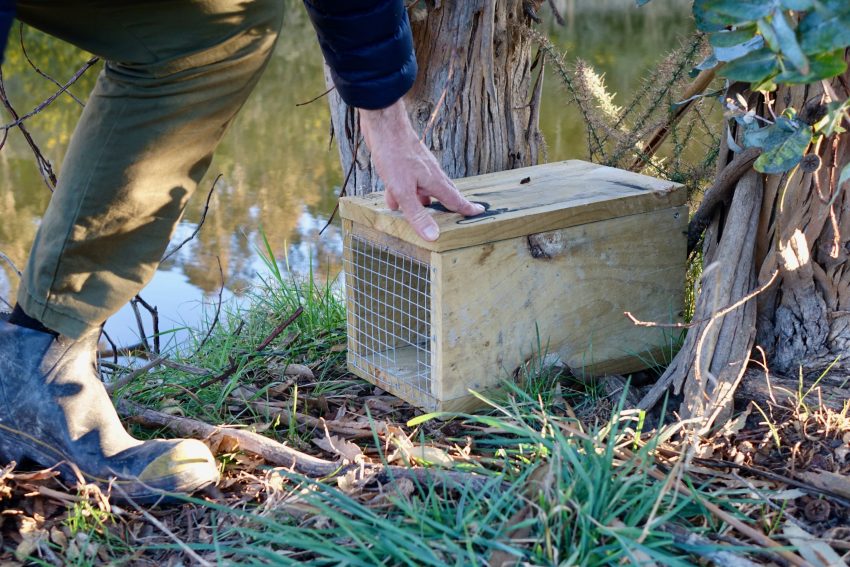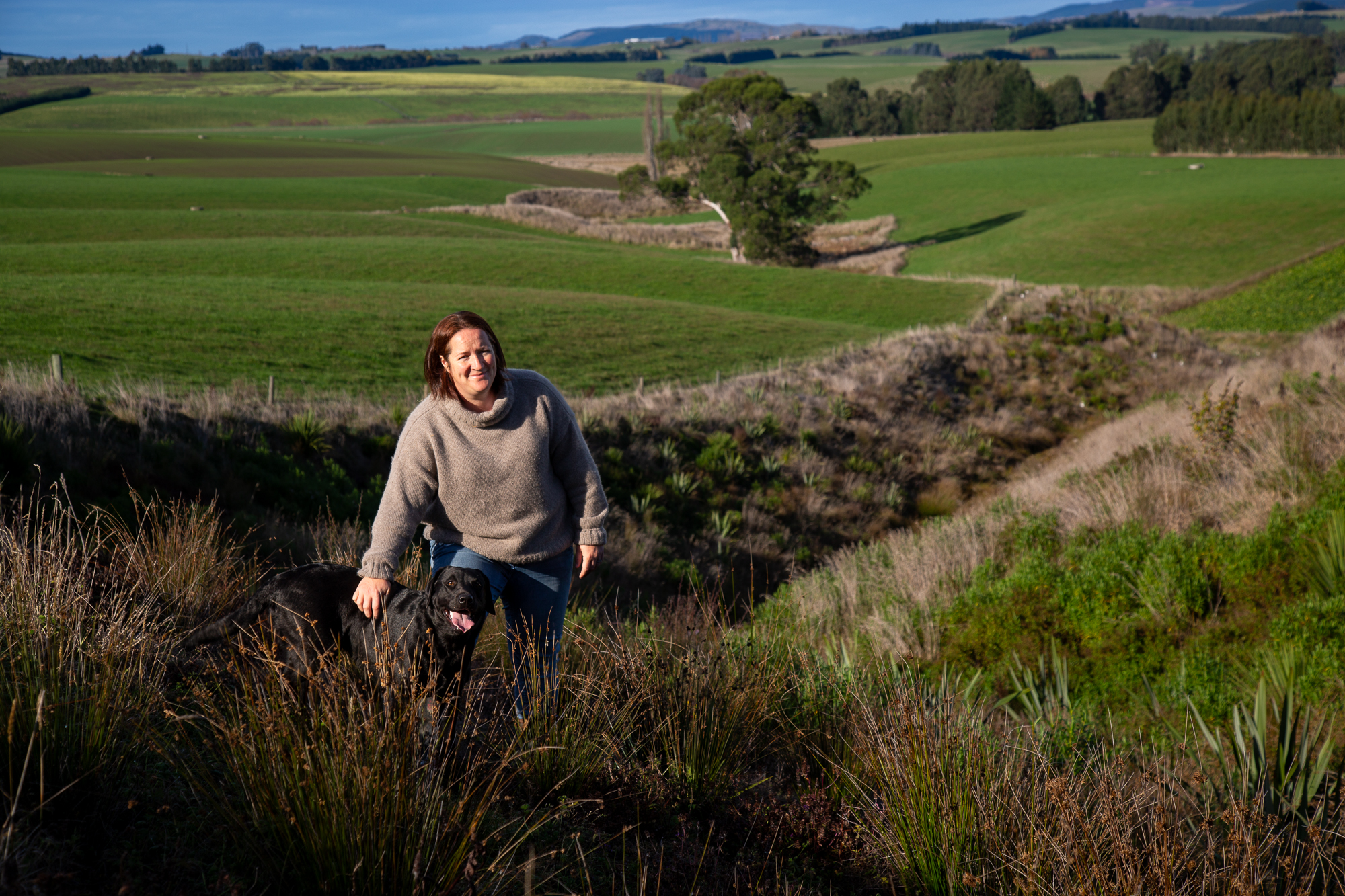Freshwater farm plans
FEPs, LEPs and especially FFPs. James Hoban lays out the history, requirements and costs farmers face with implementation.

Farm environment plans (FEPs) have a long history, in various formats. The first industry-wide attempt at introducing FEPs was Beef + Lamb NZ’s Land and Environment Plan (LEP) in about 2007. This plan was entirely voluntary for everyone except monitor farmers, who went through the process with varying degrees of enthusiasm.
The LEP came in three levels. Level one was introductory and could be completed by a farmer without any external advice in an hour or two. Level two generally required more mapping and risk assessment detail and, most of the time, the help of an outside adviser. Level three was so Rolls Royce that very few farmers took it out of the wrapper.
When FEPs became compulsory in some regions, B+LNZ dispensed with its three-level package and came up with a single template that could be used in Hawke’s Bay and Canterbury. This was later used in other regions. About 2021 this template was replaced with a new version. All versions have been compatible, with a workshop approach where a roomful of people could complete plans at the same time, supported by a facilitator.
Other industry groups produced their own versions of FEPs over this period. Some of the most well-resourced plans have been implemented through irrigation schemes. These have generally involved an element of independent auditing and pass or fail grades.
While hundreds of dryland farmers have developed an FEP, most of them have not yet been subjected to any form of audit. The B+LNZ templates have been successful, partly because they have been farm-specific, based around making the best of resources available and not shaded by a threat of auditing.
Audited FEPs have been largely action based. Where risks are identified, actions are designed to show an appropriate response. The audit then looks at whether actions have been completed. This is good for low hanging fruit and significant risks, but this approach also has weaknesses.
If farmers know they will be assessed based on their completion of actions, they will commit to the bare minimum. It also reaches a point where once major risks have been mitigated, aside from annual good management practices, people will almost manufacture meaningless actions. This is like creating health and safety near misses because a blank page gives the impression of a neglected document.
The threat of an audit completely transforms a farmer’s perspective. Completing the FEP becomes a compliance exercise rather than a meaningful business tool or aspirational plan. Some industry professionals will have us believe that a good FEP will fulfil both purposes but in practice this is not yet common.
A licence to farm
Farmers have long bemoaned the existence of multiple documents and audits designed to achieve similar goals. The Ministry for the Environment’s answer to this, and to a call from the public for greater scrutiny onfarm, is the Freshwater Farm Plan. After a parliamentary term of mentions but limited detail, some substantial specifics around these plans finally arrived in July.
A Freshwater Farm Plan is designed to be a licence to farm, in a format more easily and affordably achievable than resource consents. Consents to farm have been increasingly common in response to land use change restrictions and public pressure, but requiring resource consents en masse is a bureaucratic hurdle that even the most paper friendly regulators struggle to clear.
The new FEP is intended to ensure farmers operate in a manner the public and regulators are comfortable with but with significant administration of the programme being done through rural professionals. This is more appealing to regulators than a bombardment of resource consent applications being processed by overloaded council staff. If it is starting to sound like a costly approach for farmers, that is because it will be.
Under the legislation, every arable or livestock farm of more than 20 hectares will require a certified Freshwater Farm Plan. The requirement arrives to individual regions at varying times.
Some areas of Southland and Waikato are first, with farmers having 18 months to complete their plan from August 1 this year.
The plans need to be certified – this involves an external farm plan certifier. This is a new role which a range of industry professionals will consider. With the level of responsibility and bureaucracy, some consultants will be more enthusiastic than others at the prospect of becoming certifiers. After certification, farmers have 12 months to have their first audit. AsureQuality has been engaged to design and operate the certifier and auditor appointment process on behalf of regional councils.
Certification and audits will cost farmers. Most farmers will also have to pay someone to help them complete their initial plans. It is difficult to put definitive numbers on these steps but not unreasonable to estimate a total cost of $4000 to $10,000 for many farmers to develop a plan, have it certified and go through an audit for the first time. Consultants carrying out similar work commonly charge $120 to $200 an hour.
There are significant liability implications for certifiers and auditors. Their roles are more prescriptive under the new legislation than they have been for existing audited farm plan schemes. Which consultants are happy to take on this added responsibility, or take it on without increasing their charges, remains to be seen.
The frequency of audits will depend on the audit grade. Farms that achieve only a D grade have to be audited again in six months while those at the top of the class can carry on for three years before their next audit.
Top of the class
Getting to, or staying at, the top of the class will not be especially straightforward. Freshwater Farm Plans have to be compliant with all other freshwater rules. These will include challenging restrictions around stock exclusion from waterways and winter grazing regulations. Even in areas and situations where these rules have been reasonably argued as unworkable, the farm plan will need to meet them.
Auditors or certifiers with the prescriptive accreditation programme hanging over them will inevitably find situations where the law is ridiculous at farm level but they will be hard pushed to ignore it. Practical solutions will not always satisfy the new farm plan framework. Farmers who cannot meet the rules are destined to fail their audits.
Adding to the complexity of freshwater farm plans are requirements that they will have to be developed in line with individual catchment values and consistent with Te Mana o te Wai. Catchment values will be developed through community council processes and could conceivably mean slightly different requirements across catchments.
Despite flagging enthusiasm for engaging with councils, these processes will be crucial and will impact the ability of farmers to operate. Staying on the sidelines might be tempting but is not wise. Under Te Mana o te Wai the life supporting capacity of water trumps everything. This will take precedence over economic and social community considerations.
Groundswell and other farming advocates have raised concerns about privacy of farm information. How public access to information will be managed is not yet clear.
Under the legislation, regional councils will have to keep records that include farm details, maps, action plans and audit reports. Councils may also request a copy of an entire plan. Issues around detailed information resting with councils have been contentious for years. There are examples of information being used by council staff not directly involved with its collection, to serve other purposes.
There is also a tension around what is accessible to the wider public once information sits with a council. Existing audited farm plan schemes have worked through a system where aggregated information is reported to the regulator, rather than farm level details. Having this safeguard removed will be a major stressor for farmers.
The many farmers who have already completed farm environment plans might well ask whether they have wasted their time. A cynic will say yes. The idea that the Government is penalising early adopters by making their initial plans redundant and requiring a new format has legs.
An optimist or a politician on the other hand will point out that time spent working on an earlier FEP and becoming familiar with key issues will have been time well spent and a solid headstart on tackling the new Freshwater Farm Plan. It would be interesting to know how those farmers feel once they have been through the process, again.




